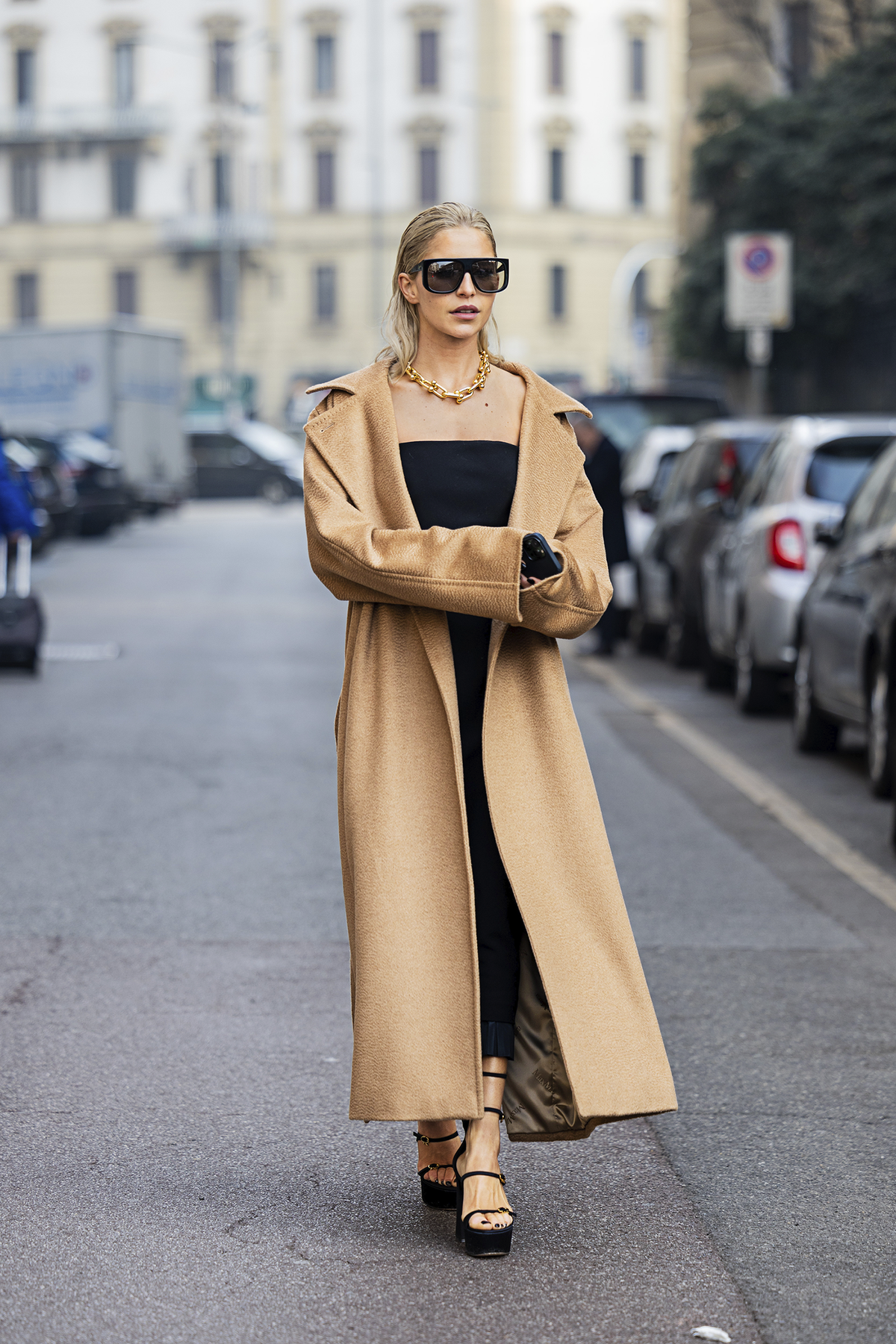This transition towards logoless luxury isn’t confined to Ferragni alone. Other fashion influencers, such as Tamu McPherson and Camille Charrière, have also gravitated towards pared-down looks. The current focus is on timeless pieces, clothing that exudes quiet elegance and resilience in the face of an uncertain world. McPherson explains that this shift signifies a reeducation in fashion’s fundamental elements, a return to the classics that offer versatility and enduring appeal.
Commercial Viability of Subtle Sophistication
The Fall 2023 runways unveiled collections that aligned with this concept of logoless luxury. Designers are now emphasizing quality and thoughtful design over flamboyance. Brands like Proenza Schouler, Tory Burch, Ralph Lauren, and Michael Kors showcased wardrobe essentials, championing tailored silhouettes and muted hues. London’s Tove made a splash with its modern minimalist label, presenting tailored blazers and coats paired with effortlessly chic Charvet slippers.
From Tonal Dressing to Confident Minimalism
Milan, known for its advocates of tonal dressing, also embraced this movement. Labels ranging from Brunello Cucinelli to Bottega Veneta embraced head-to-toe tonal ensembles in shades of tan, taupe, and ecru. Even maximalist brands like Fendi and Gucci joined this shift towards understated elegance, creating a harmonious balance between luxury and simplicity.
Historical Context and Current Realities
This resurgence of understated fashion harkens back to the mid-’90s, a period marked by a shift towards minimalism in contrast to the extravagance of the ’80s. This aesthetic emerged during times of recession, geopolitical turmoil, and societal challenges, serving as a recalibration of fashion’s purpose and significance. Similarly, today’s era, marked by upheaval, the pandemic aftermath, and global uncertainties, prompts a reconsideration of style’s role in our lives.
Symbolism of Confidence and Control
Logoless luxury communicates more than just wealth or power; it symbolizes a sense of confidence and control in turbulent times. This resonates particularly with younger consumers who seek stability amidst the unpredictability of the future. The appeal lies in the idea of finding a firm foothold in the midst of chaos.
Inclusivity and Sustainability
While luxurious cashmere coats remain out of reach for many, a combination of economic uncertainty and environmental consciousness has driven growth in the fashion resale market. A circular model is gaining traction, where trendless pieces are purchased, worn longer, and then resold, contributing to a more sustainable fashion culture. Brands like Loro Piana and the Row are experiencing increased demand among Gen Z customers, indicating a shift towards timeless, eco-conscious fashion choices.
Designing for Longevity
Designers like Stella McCartney advocate for environmental responsibility and timeless design. Creating garments that transcend seasons and trends is crucial in shifting the paradigm from ‘trend’ to ‘timelessness’. Emerging brands like Totême, Fforme, A–Company, and Veronica de Piante prioritize well-constructed, versatile pieces that become enduring elements of a daily uniform.
Reimagining the Fashion Landscape
This embrace of logoless luxury signifies a transformation in the fashion landscape. It speaks of a growing desire for lasting elegance, a departure from fleeting trends. As the world navigates through unprecedented challenges, this movement towards understated sophistication represents a steadfast commitment to both style and sustainability.

